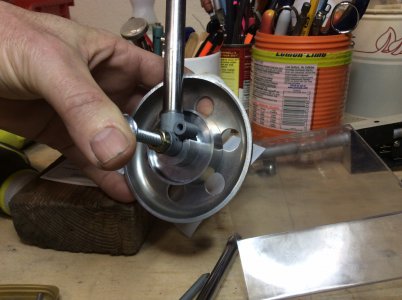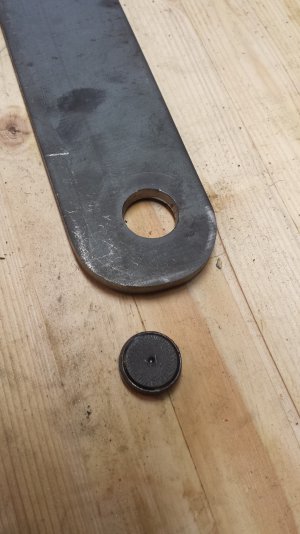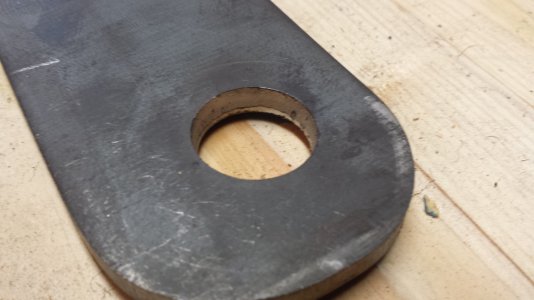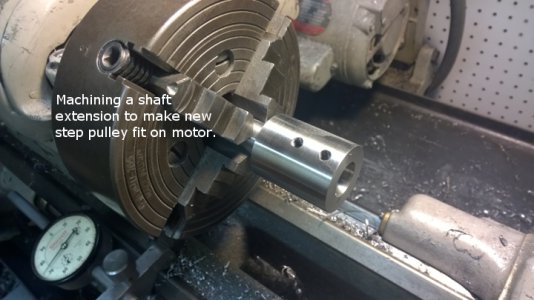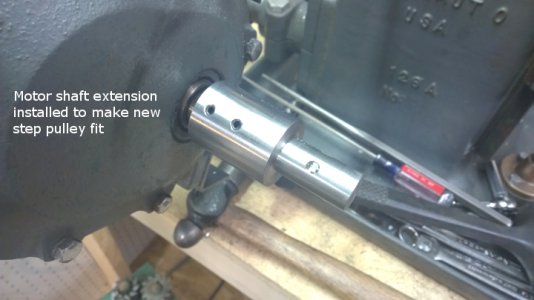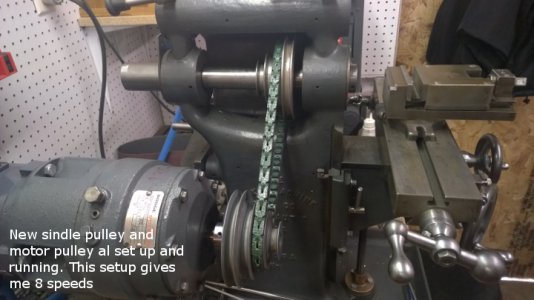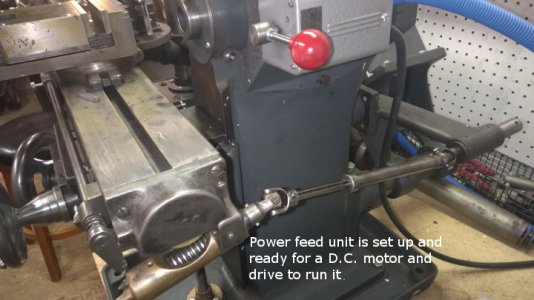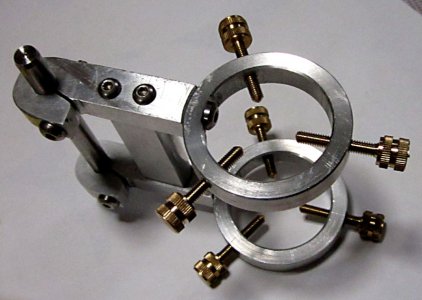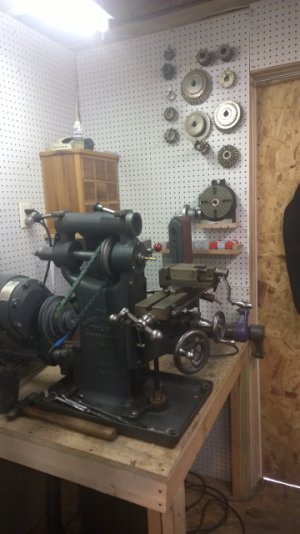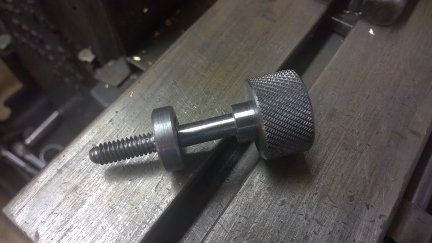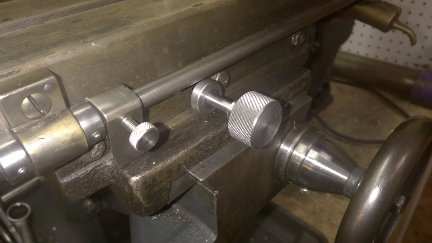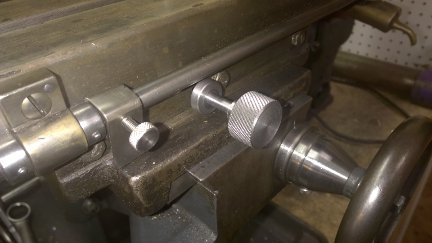- Joined
- Sep 2, 2013
- Messages
- 5,108
Brass is a bit of a challenge compared to aluminum. Aluminum you can do in a tin can with a pile of charcoal in a hole in the ground. Unless you really want to get into casting it is probably more efficient to buy brass stock. I have not been at all pleased with the machinability of cast Al but the brasses seem to be OK.
To do brass, you need:
a decently efficient furnace
a good gas or oil burner with a blower
a real ceramic crucible (not steel pipe)
casting sand
and various other tools.
If you are interested in learning metal casting I recommend AlloyAvenue.com.
I am also happy to help or advise in any way.
R
Thanks for the site info and the offer of help, much appreciated. It may well be a year before I get to it as I have a pretty daunting backlog of projects at the moment and still a few weeks before I get home to those, but I'm sure like so many of us I can't help but be intrigued by by these processes and their potential uses. Thanks, Mike


